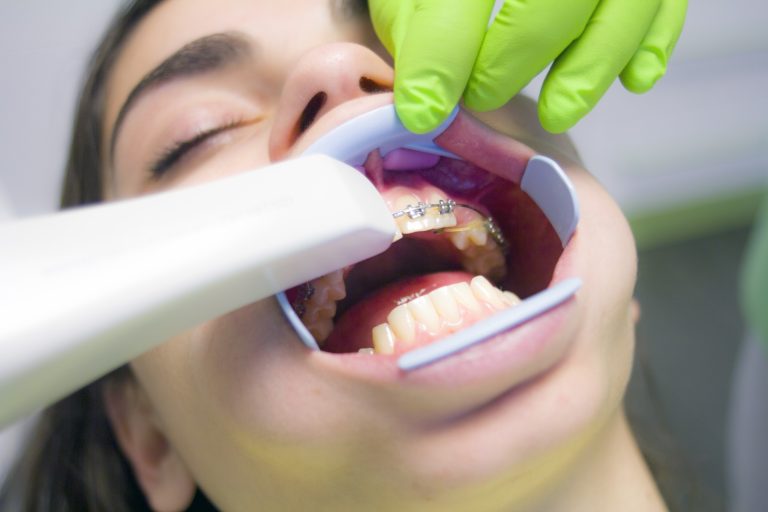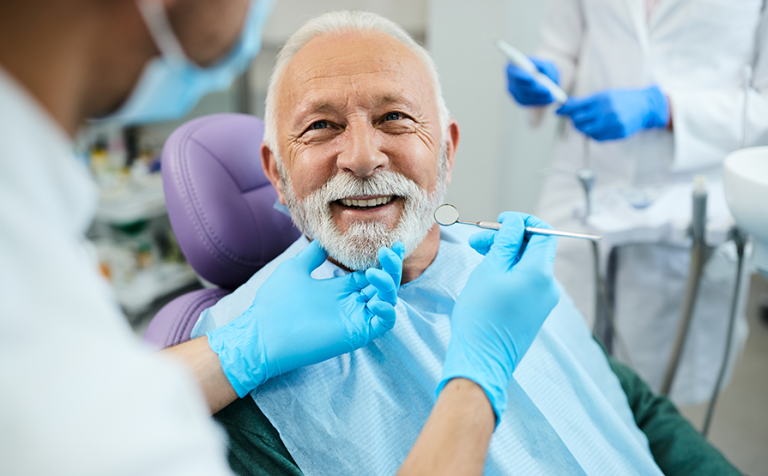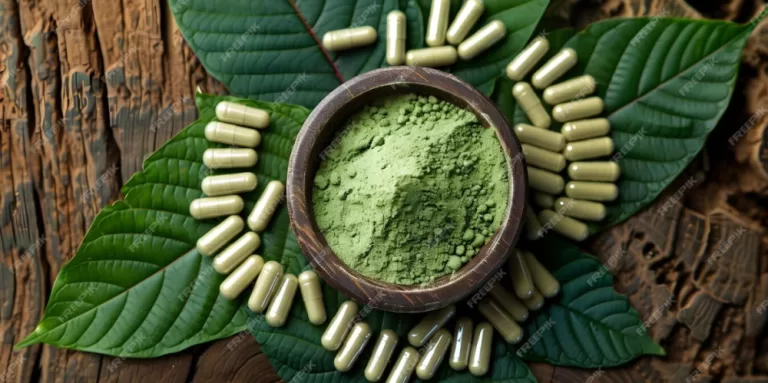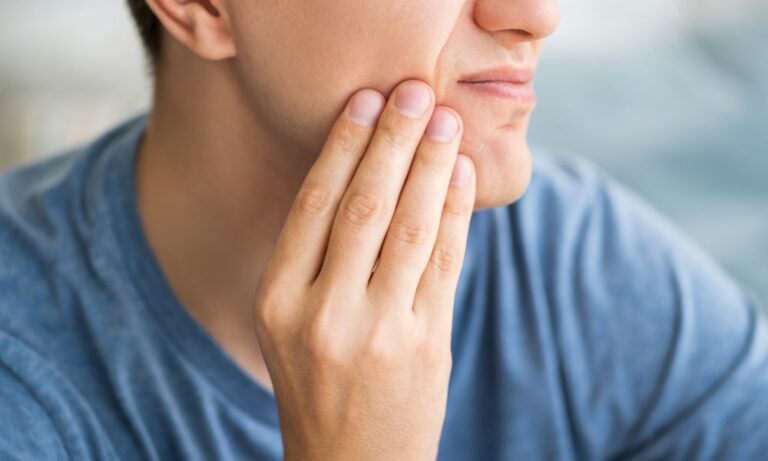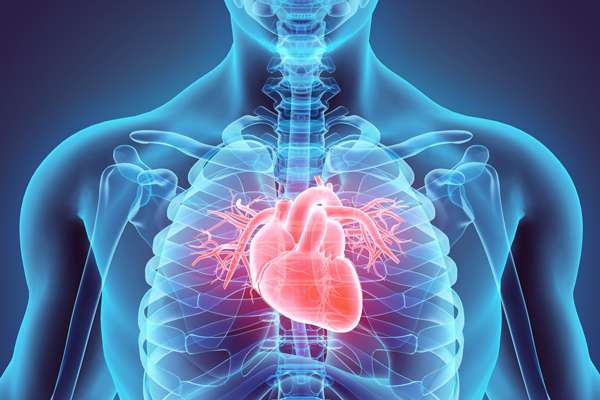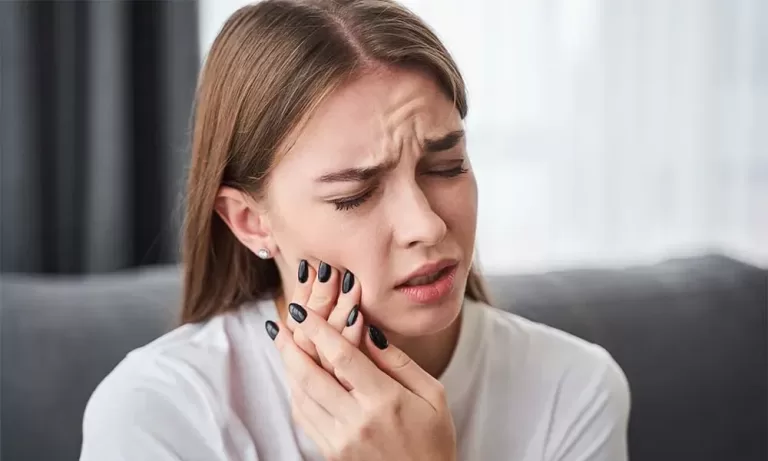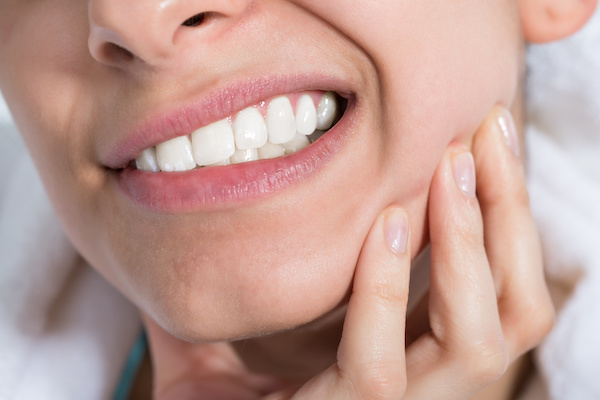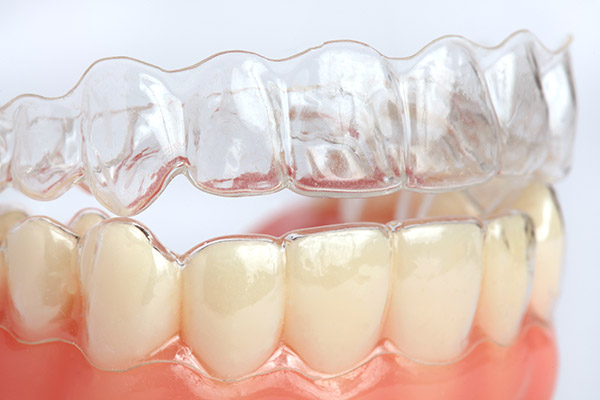In this modern world, people want to look good by keeping every part of their bodies perfect. Teeth are an important part of a person’s personality. If someone has perfect teeth, it gives them the confidence to talk and smile.
If someone has a problem with their teeth, they can try Invisalign aligners, which have become a popular choice these days. Aligners are a clear and effective solution to make teeth straight in less time.
They are flexible and give a natural, invisible look, which makes them a better option for patients who are looking for orthodontic care. It is important to keep aligners clean and clear, which requires regular care so that you get the best results.
If you want to get Invisalign aligners for your damaged teeth, contact one of the Hollywood, Florida dentist. They can help you understand your dental health and suggest the best treatment option for you.
Here, you will know how to keep them clean, maintain proper hygiene, and make sure they work well while you are protecting your oral health during the process.
Why Is Keeping Your Invisalign Aligners Clean Essential?
It is important to keep your aligners clean so that you can get a good look and protect your oral health. If your aligners are dirty, it can cause them to lose their natural color, which matches your natural teeth.
This will allow people to notice them easily and decrease their working power. If bacteria grow on the aligners, it can lead to a risk of infections.
Aligners should be cleaned properly so that there is no bad breath problem and you do not feel uncomfortable while talking to someone.
Clean aligners always remain transparent, which helps you have a natural look that no one can notice. Doing a regular cleaning routine will make sure that your Invisalign aligners stay hygienic, clear, and comfortable.
Daily Care Tips to Keep Your Aligners Clear
Adopting daily care habits is the best way to keep aligners in top condition. You should wash your aligners every time you take them out so that the saliva and bacteria stuck on them can wash off.
It is better to use a soft toothbrush to brush your aligners with a clear soap that does not have any smell. Try to stay away from toothpaste, which can scratch them.
Try to stay away from drinking dark-colored drinks because they can stain the aligners; these drinks can stick to water when you are wearing them.
Best Practices for Deep Cleaning Your Invisalign Aligners
You should also clean your aligners deeply every week apart from daily care so that your hygiene can be better. You should use cleaning crystals to clean Invisalign aligners or a special solution that is designed to clean clear aligners.
After soaking the aligners, you should also scrub them gently to remove any particles that are left behind or stuck in them. Try not to use hot water because it can wrap aligners and decrease their fit. This makes them less effective.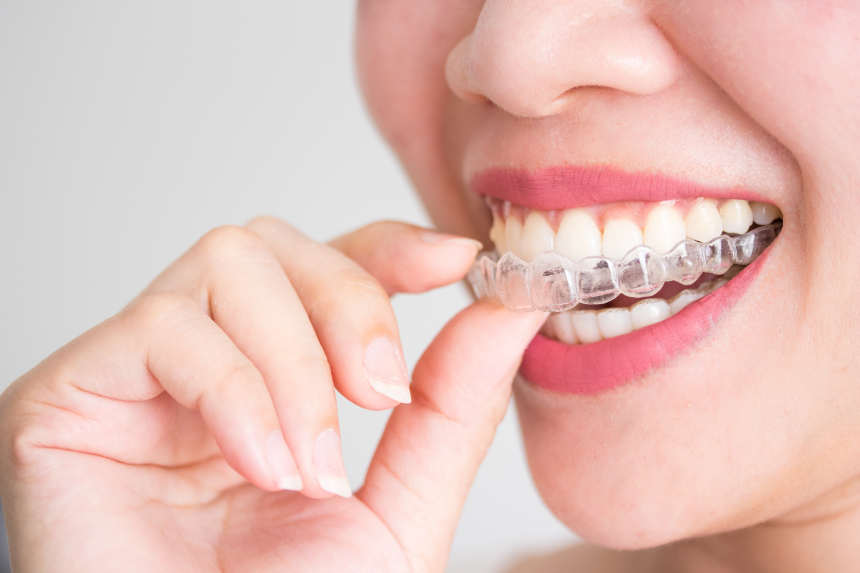
Common Mistakes to Avoid When Cleaning Aligners
It is important to clean Aligners, but improper techniques can even cause harm to them. Using hard chemicals like bleach can damage the aligners and cause health risks.
If you forget to clean them before keeping them in the case, it can allow between to grow on them and damage them. Bushing the aligners in a hard and rough way can cause scratches, which will affect the clear look of the aligners.
Protect Your Smile with Proper Invisalign Care
Effective Invisalign care helps them give you a better look and a healthy smile. Try to follow these easy methods daily and talk to a professional if you have any questions to make sure that you have a smooth and successful journey with your aligners.

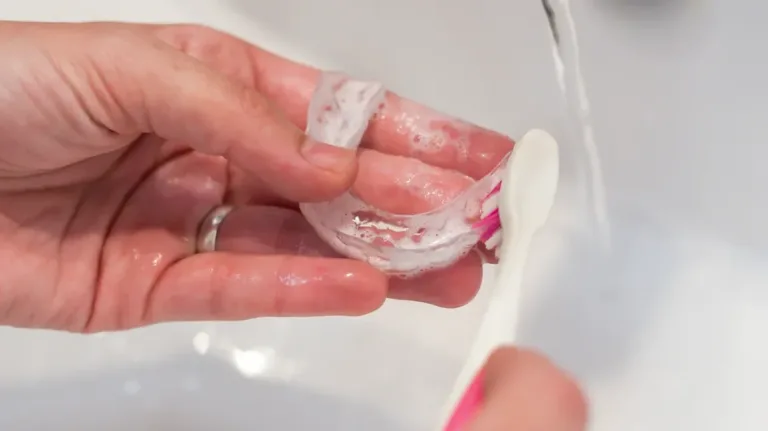
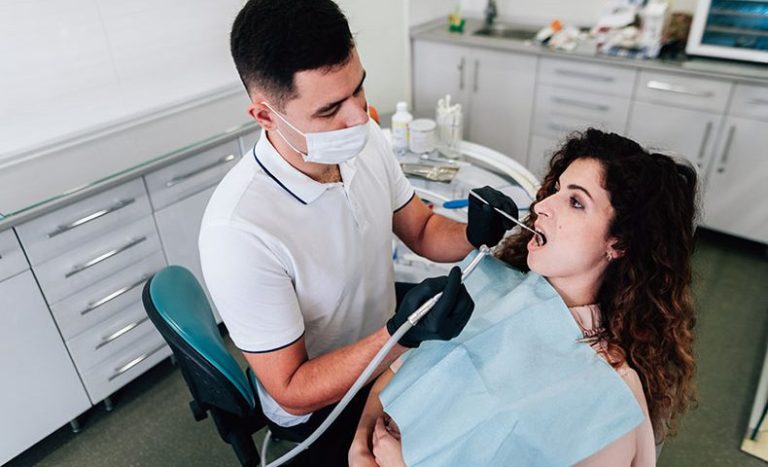
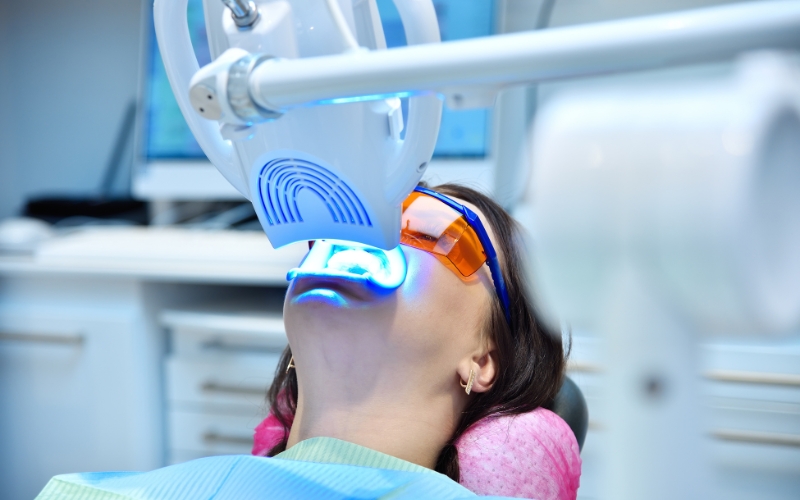
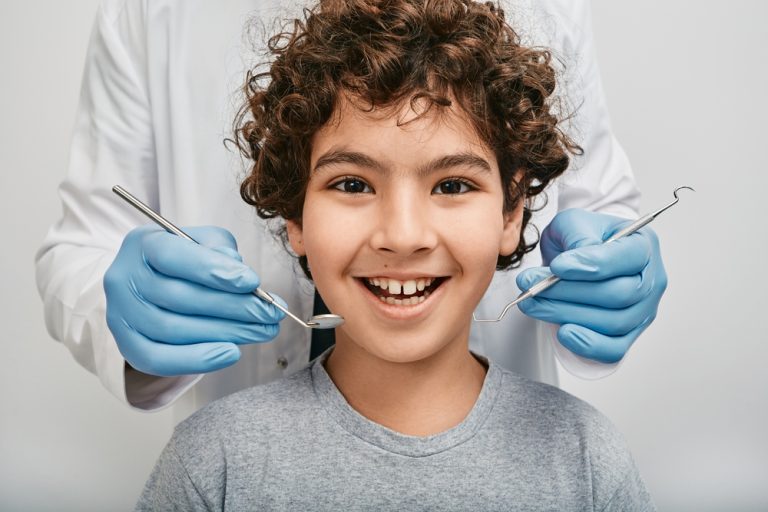
 are loose.
are loose.